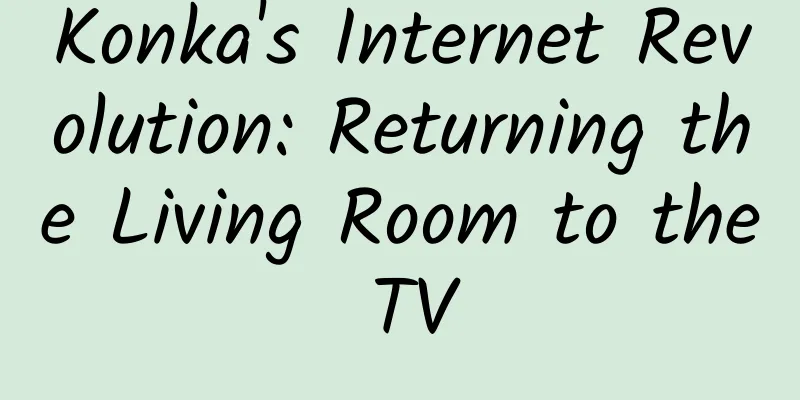From "thick soup" to "clear stream", zircon pushes the formation of fresh water forward by 800 million years?

|
Tuchong Creative Water is something that everyone is familiar with. It is indispensable for our daily life. But have you ever thought about this question: the water on the early Earth was mixed with various heavy metals, minerals and dissolved gases, which is completely different from modern fresh water. When did this pot of "thick soup" become "light"? Before answering this question, we need to understand what the water cycle is. The water cycle refers to the repetitive movement process (the process of continuous transformation of water phase) of various forms of water on the earth under the influence of solar radiation, earth's gravity, etc. through evaporation, water vapor transport, condensation, infiltration and runoff. The water cycle is mainly divided into: sea-land cycle, land internal cycle and sea internal cycle. The land-sea cycle refers to the evaporation of seawater into water vapor and entering the atmosphere. The water vapor moves with the air flow and cools and condenses on the land as precipitation. The precipitation forms surface runoff and groundwater and flows back to the ocean. The land internal cycle and the sea internal cycle are different from the land-sea cycle. The land internal cycle is the precipitation directly evaporated on the land or the plant transpiration returns to the atmosphere, without directly involving the ocean. The sea internal cycle is the evaporation and condensation process of water vapor that occurs entirely on the ocean. The water cycle allows the world to maintain water balance and ensure the continuous availability of water resources. At the same time, it can renew and replenish freshwater resources on land, making them renewable resources; it can also regulate global heat balance and affect the climate through the phase change of water (evaporation absorbs heat, condensation releases heat). Not only that, it can also shape the surface morphology, such as changing the topography through erosion, transportation and sedimentation. Since the emergence of water on Earth, it has been in such a cycle. In this process, groundwater will penetrate deep into the crust and participate in the formation of magma. Therefore, the isotopic information of water will be retained in the minerals formed by the cooling and crystallization of magma. Recently, scientists have inferred the time when fresh water appeared on Earth by analyzing the oxygen isotope ratio in ancient zircons. Zircon is a common mineral, generally a byproduct of the cooling of volcanic magma. Due to its extremely high heat resistance and chemical stability, zircon can survive extreme geological conditions without being destroyed, so it is often regarded by scientists as a "hard disk" that stores chemical information such as isotope ratios of the early Earth, which contains key information about the Earth's internal structure, crust formation, and environmental conditions. So how does zircon record information about the formation of fresh water on Earth? Oxygen has three stable isotopes (16O, 17O, and 18O), of which 18O has a larger atomic mass than the other two oxygen isotopes, is heavier, and is more likely to remain in liquid water during evaporation, while the lighter 16O is more likely to fly up and enter the water vapor. During the evaporation process, the content of 16O in the water vapor will be higher than that in the original water body, and accordingly, the proportion of 18O in the original water body will also be higher than before. This process is called isotope fractionation. In the cycle of water returning to the ground through rainfall and eventually flowing into the ocean, as the water vapor moves and cools, 18O will condense and fall into the ocean first, and the content of 16O in the remaining water vapor will become higher and higher. This leads to an increasing content of 18O in the ocean, and the 16O content is higher in precipitation far away from the ocean. If the oxygen isotope ratio recorded in zircon shows characteristics similar to modern fresh water, it means that a freshwater circulation system similar to the modern one may have existed at that time. This research result may push the appearance of fresh water on Earth back by at least 800 million years, much earlier than the previously believed 3.2 billion years ago. This means that land and fresh water may have appeared on Earth about 4 billion years ago. This discovery challenges and amends our understanding of the evolution of the early Earth environment. This result provides a new perspective and standard for exploring whether there are or have been suitable conditions for life on other planets or satellites, and helps guide our strategy for searching for extraterrestrial life in the universe. In addition, it also emphasizes the importance of long-term water cycle processes in Earth system science, providing a deeper background for understanding climate change and predicting future water resource trends. This article is a work supported by the Science Popularization China Creation Cultivation Program. Author: Dong Hanwen Reviewer: Xiao Long, Professor of China University of Geosciences Produced by: China Association for Science and Technology Department of Science Popularization Producer: China Science and Technology Press Co., Ltd., Beijing Zhongke Xinghe Culture Media Co., Ltd. |
>>: Can jokes cure dry eyes? This is no joke!
Recommend
The formula for increasing private domain traffic of WeChat for Business
Since the launch of WeChat Work in 2016, more tha...
Curious questions for the Year of the Snake! Explore the most "snake"
Review expert: Wang Lei, National Park and Nature...
Saturn's rings are getting darker? Don't worry, they're still there
Author: Zeng Heng Duan Yuechu On the stage of the...
What are the “invisible hands” driving those unicorns onto the path of mergers?
[[152580]] Paypal merged with X.com between Febru...
The right approach to brand marketing in 2021
Different from the keywords of traditional e-comm...
Product operation strategy: in-depth analysis of cold start!
Many well-known and popular products on the marke...
APP Promotion: How to write an email to apply for App Store Featured Recommendation (Example)
If an App can be selected as a "Featured Rec...
Traffic password for Xiaohongshu's popular notes
I recently discovered an interesting phenomenon -...
How to sell out the “Flash Group” flash sale?
In most private domain scenarios, if one-on-one c...
You may not know these updates! Android 9.0 has these interesting features
Google has released the latest generation of Andr...
Walking like a penguin? Be careful of these 5 walking postures, there may be something wrong with your body!
Everyone's walking posture is different. Some...
How much does it cost to attract investment for the Fuzhou Meat and Poultry Mini Program? What is the investment price for Fuzhou Meat and Poultry Mini Program?
Starting a business requires costs, and mini prog...
Android 7.0 ranks first in market share: Have you upgraded?
A few days ago, Google released the latest statis...
Costs are reduced by 50%, here are tips for placing OCPC information flow ads!
As the end of the year draws closer, optimizers a...
Attention! Clear skies do not equal good air quality
As the saying goes, "Don't go out during...

![[Scholars from the Saiwai] 20220514 Dragon Control Secrets (I) Resonance Dragon: Revealing the common secrets of Jiantou, Tianbao and Jianyi + Predicting the midday trading next week](/upload/images/67cc01a44f63e.webp)







